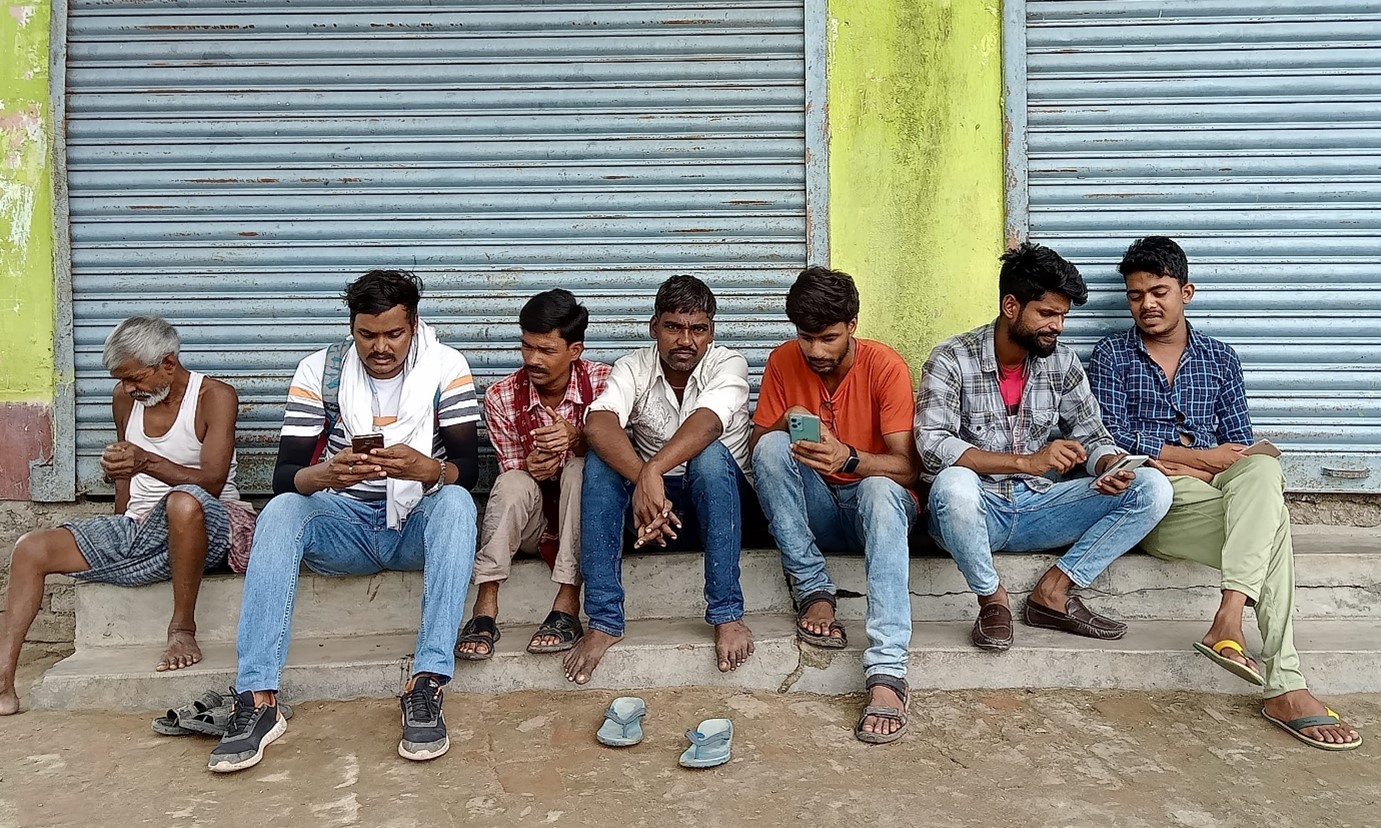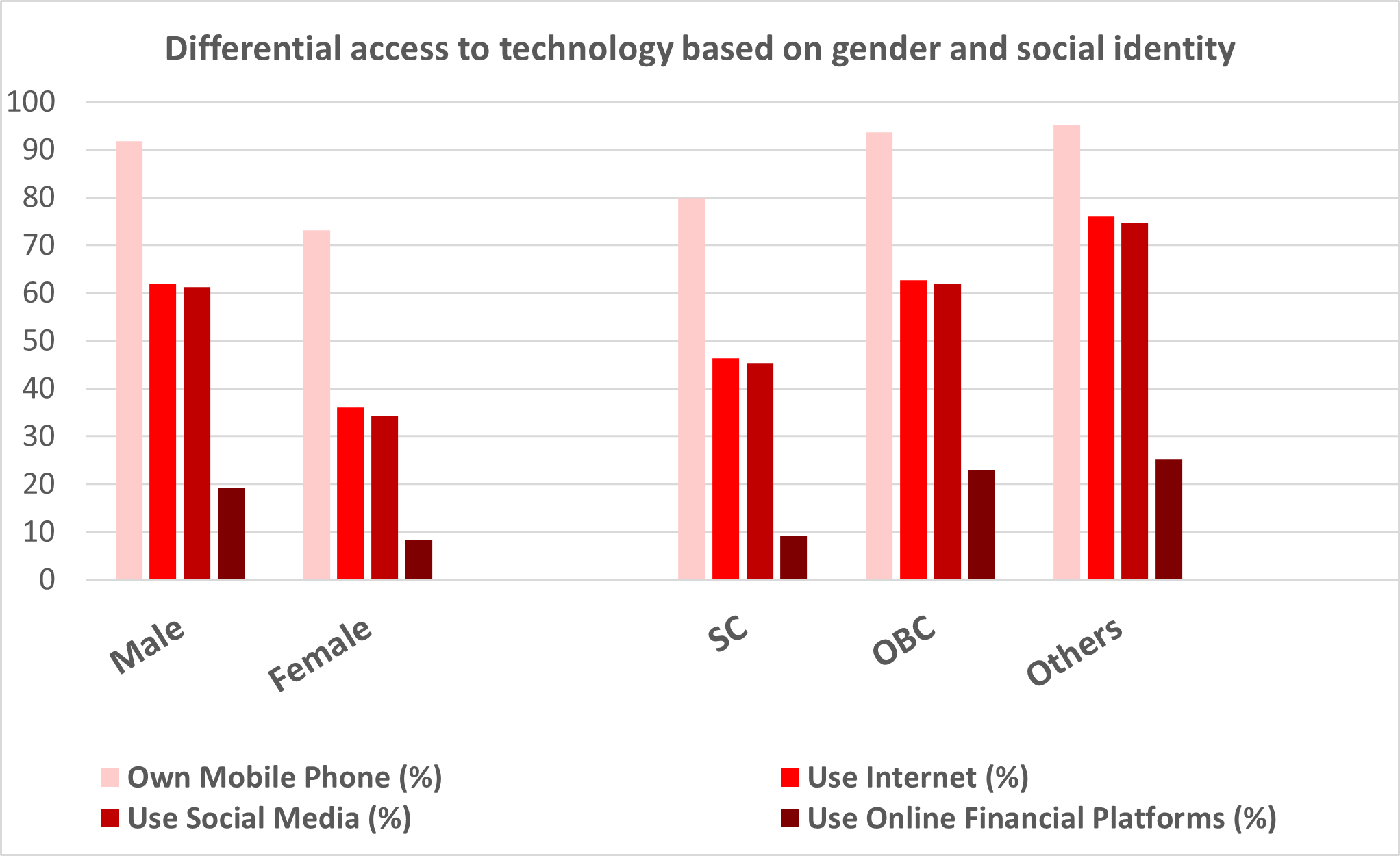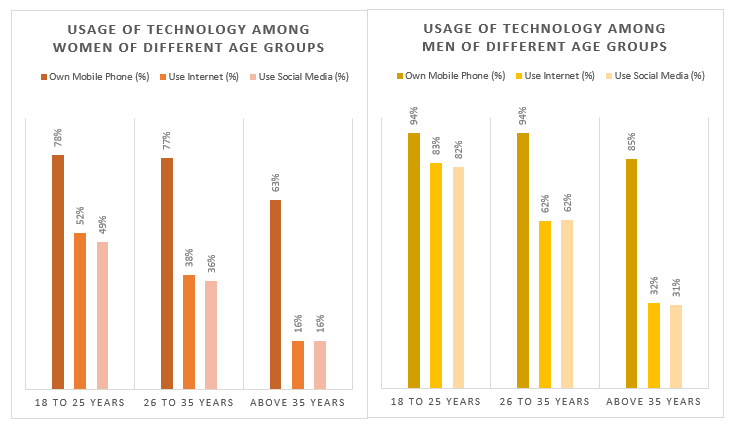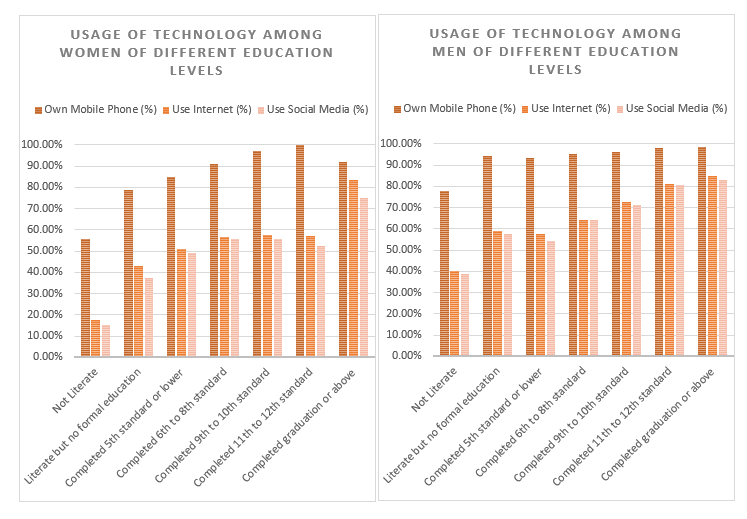The Indian telecommunications sector has seen a fast growth, both in numbers and financial value since the turn of the century with a contribution of 1% of GDP in the year 2000 to 6% in the year 2020. Economic growth, investment in telecommunication infrastructure, and growth of the mobile phone manufacturing market in India have been some of the factors which has led to this growth. India has the world’s second largest telecommunication market and the world’s second highest internet user base. The Union Minister of State for Electronics & Information Technology and Skill Development & Entrepreneurship, Mr Rajeev Chandrasekhar, had said in December 2022 that India has more than 800 million broadband users.
Realising the growth and potential of the telecommunications sector in the country, the Government of India launched in 2015, the ‘Digital India’ policy. It focuses on enhancing the public service delivery ecosystem through information technology and universalising the access to digital communications infrastructure, especially in rural India. One of the major successes of the policy has been India’s record growth of digital payments from 20.7 billion transactions in FY 2017-18 to 88.4 billion transactions in FY 2021-22, a story which has seen the inclusion of street vendors and small merchants in the growing digital payments ecosystem.

Figure 1: Group of men in Patna, Bihar engaged in discussions with some on their mobile phones. Source: ActionAid Association India
However, the growth of digital infrastructure and smartphone connectivity has not been equal across socio-economic and demographic groups. Women, especially those from lower caste and other historically marginalised social groups find themselves at the wrong end of the digital divide. Women in India often face multiple forms of exclusion based on gender, class and social identities. For example women from Scheduled Caste (caste groups which were historically considered to be untouchables), Scheduled Tribe (indigenous and forest dependent communities in India) and the Other Backward Classes (social groups other than scheduled caste and scheduled tribes whom the government considers socially and economically less advantaged) have lower education enrolment and literacy rates than upper caste women as well as male members of their respective communities.
As part of our AFSEE project, ActionAid Association India conducted a study with internal migrant workers from the eastern Indian state of Bihar. The survey was conducted with 2,500 migrant workers from the state capital, Patna and its adjoining districts. The results of the study give clear indications of how gender, age and other socio-economic factors influence access to mobile phones, internet and other digital services.
The findings from the field survey indicates that men are more likely to own mobile phones, access internet, access social media and access online financial applications. In our sample, 91% male respondents use mobile phone compared to 73% female respondents. Moreover, only 64% of female respondents who used mobile phones had sim card in their own name, compared to 83% of male respondents. The difference in usage of internet and social media by gender is even higher with 62% male respondents using internet and 61% males using social media compared to 36% and 34% females respectively.

Further discussions with women who used mobile phones also revealed that the usage and access of mobile phones by women is complex and layered. First and foremost, there lies a great variation between the proportion of women using feature phones and those using smart phones. Most of the women respondents said that they were unable to use smart phones because of their lack of technical knowledge. Younger respondents and those who had attained secondary levels of education had higher probability than their peers in using smart phones. The trend is similar for male respondents as well, albeit at higher proportions, as can be seen from the graphs below.

As mentioned above, education and age play a significant role in determining access and usage of mobile phones, internet and social media with younger and more educated respondents reporting higher access and use of these digital tools. It is to be noted that in India in general and Bihar in particular, younger generations have higher levels of education attainment as compared to older generations. Therefore, education and age are inter-related variables when it comes to determination of access to information technology. Among all demographic groups of migrant workers, those who have attained education at least till the 10th standard have the highest levels of access to internet and social media platforms with more than 80% of them reporting the same. Since online financial platforms require greater level of digital and financial literacy to use, we see that with increasing education levels, the proportion of migrant workers accessing online financial platforms also increase.

Social identity also plays an important role in determining the ownership of mobile phones and access to internet and social media among migrant workers. 80% of Scheduled Caste (SC) respondents owned mobile phones compared to 94% of respondents categorized as Other Backward Class (OBC). Similarly, only around 46% of SCs access internet and social media compared to around 62% of OBCs. Access to online financial platforms also show similar trends with significantly more OBC respondents reporting such access, compared to SC respondents.
Differences related to ownership of land, educational status and income and livelihood profile between SC and OBC groups influence the ownership and usage of mobile phones and hence access to internet services. Proportionately higher ownership of agricultural land by OBC communities relates to better economic position which further contribute to better growth of human capital and thereby greater access to information technology. Moreover, migrant workers belonging to OBC communities often end up in relatively better jobs with regular contracts as compared to those from the SC communities. This again influences the socio-economic differences among the workers belonging to the two different social groups.
Even within the broader categories of SC and OBC, variations related to caste groups influence access to digital technology. For example, within the SC communities in Bihar, the caste groups which are considered among the lowest in order of the caste system, work in brick kilns in different parts of the country. While discussions with these groups reveal conditions of forced labour in the brick kilns, another noteworthy trend is their almost complete lack of access to digital tools. Discussions with women from such households on the question of their access to smartphones were met with quips like, “Even the men in our families do not know how to use such phones and you expect us to know this.”
While age, education, and social identity do impact the ability to handle different types of phones, many intra-household factors determine women’s access to phones. For example, many of the women respondents said that the mobile phones that they use are not owned by them, but rather a common mobile phone used by members of their family. When the pandemic led to digital technology being the most important tool to access essential services and health-care information, like registration on government social security databases and COVID-19 vaccination drives, the digital exclusion became dramatic among those that did not have access to digital tools. Migrant workers had to rely on local leaders, government sub-contractors and civil society organisations for accessing the services.
Digital literacy is one of the most important skills for the future world of work. The ILO suggests that internet and communications technology is going to play a major role in almost all future livelihood opportunities, including for those working in the informal sector. This can range from accepting digital payments to working on digital platforms, including delivery agents, taxi drivers and service professionals among others. The United Nations has also recognised the role of ICT in achieving sustainable development goals.
Recognising the role of digital literacy and in a mission to eliminate the digital divide in India, the Government of India has launched many programs including the National Digital Literacy Mission and the rural India focused Pradhan Mantri Grameen Digital Saksharta Abhiyan (which translates to the Prime Minister’s Rural Digital Education Mission). Even the new National Education Policy 2020 emphasises on digital literacy, coding and computational thinking to make India’s growing young population ready for future work scenario.
However, in order to eradicate the existing digital divide, India needs to significantly invest in its public education systems. Data released by the Union Ministry of Education shows that only 34% of Indian schools have internet access and less than 50% have working computers. While digital education of school going children is important, there is also need for skilling of youth who have already joined the labour force but lack such skills and access. Similarly, special digital education programmes aimed for older people need to be rolled out. Special focus needs to be given to those historically and currently marginalised due to gender, caste and other social identities. For a more inclusive future, there is a need to address historical inequalities which create existing inequalities in access to technology.
Acknowledgements
The data for this blog was generated from the project Social Media and the Crisis of Urban Inequality: Transnational analyses of Humanitarian Responses across the Middle East, South Asia and Africa with Dr Romola Sanyal as PI, Action Aid India, Triangle Lebanon, and Urban-A as Co-Is. The work on the project was made possible with support from the Atlantic Fellows for Social and Economic Equity programme, administered by the International Inequalities Institute of the London School of Economics and Political Science.